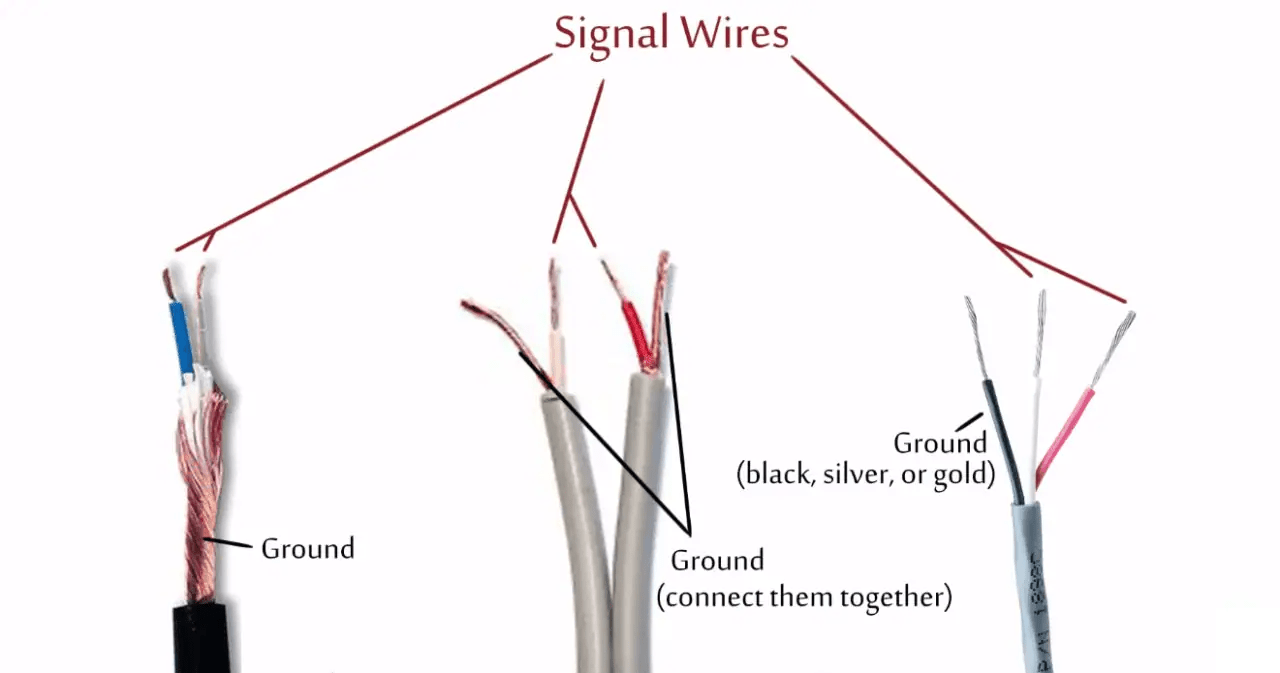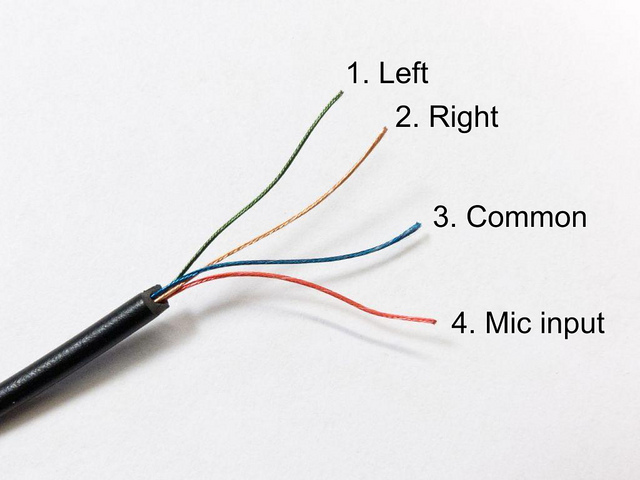Unlocking the Secrets of Your Speaker Wire Colors: Red, Black, Blue, and Green
Ever wonder about the colorful quartet snaking its way from your amplifier to your speakers? Those red, black, blue, and green speaker wires aren't just randomly colored strands; they hold the key to a clear, balanced, and properly functioning audio system. Misunderstand their purpose, and you risk a muffled soundscape, or worse, damage to your equipment. Let's unravel the mystery behind these colored conductors and empower you to take control of your sound.
The world of audio wiring can seem daunting, a tangled web of positive and negative connections. But fear not! This isn't about deciphering complex electrical diagrams; it's about understanding a simple code. These color-coded wires ensure that the positive and negative terminals of your amplifier and speakers are correctly matched, allowing the electrical signals to flow smoothly and create the vibrant sounds you crave.
Think of your speaker wires as the messengers, carrying the musical message from the amplifier to the speakers. The red and black wires typically handle the main stereo channels, while the blue and green wires come into play with surround sound systems or bi-wiring configurations. Each color represents a specific polarity and channel, essential for ensuring that your speakers work in harmony.
While red and black are the standard for most basic setups, blue and green extend the possibilities for a richer audio experience. These colors allow for the connection of additional speakers, creating an immersive surround sound environment. Understanding the roles of each color is crucial for maximizing your listening enjoyment.
In a world of wireless technology, why even bother with these colored wires? While wireless solutions are convenient, wired connections often offer superior audio quality and reliability. They're less susceptible to interference and signal dropouts, ensuring a consistently clear and powerful audio experience. Let's dive into the details of these seemingly simple yet essential components of your audio system.
The history of speaker wire color coding isn't filled with dramatic discoveries or famous inventors. It's more a tale of practicality and standardization. As audio systems became more complex, the need for a simple, universal system for identifying polarity and channels became clear. Color coding emerged as the most efficient solution, allowing users to easily connect their equipment without needing to consult complicated diagrams.
Connecting colored speaker cables incorrectly can lead to several issues. Reversed polarity, a common mistake, can result in poor sound quality, reduced bass response, and even damage to your speakers. In a surround sound setup, mismatched wire colors can lead to incorrect channel assignments, throwing off the entire soundscape.
Red Wire: Typically represents the positive (+) terminal of the right speaker. Black Wire: Typically represents the negative (-) terminal of the right speaker. Blue Wire: Often used for the positive (+) terminal of the left surround speaker or for bi-wiring. Green Wire: Often used for the negative (-) terminal of the left surround speaker or for bi-wiring.
Benefits of Correctly Connected Speaker Wires:
1. Optimal Sound Quality: Proper wiring ensures that your speakers receive the correct signal, resulting in clear, balanced sound with accurate bass response and stereo imaging.
2. Protection of Equipment: Correct polarity prevents damage to your speakers and amplifier, ensuring the longevity of your audio system.
3. Immersive Surround Sound: Accurately connecting blue and green wires in a surround sound setup creates a truly immersive audio experience.
Step-by-Step Guide to Connecting Speaker Wires:
1. Identify the positive (+) and negative (-) terminals on both your amplifier and speakers.
2. Connect the red wire from the amplifier's right (+) terminal to the right speaker's (+) terminal.
3. Connect the black wire from the amplifier's right (-) terminal to the right speaker's (-) terminal.
4. Repeat steps 2 and 3 for the left speaker, using blue and green wires if applicable.
Troubleshooting Tips: If you experience sound issues, double-check all your connections. Ensure that the bare wire ends are securely attached and that no stray strands are touching each other. A multimeter can be used to verify polarity.
Advantages and Disadvantages of Color-Coded Speaker Wires
While color-coding simplifies wiring, it’s not without potential drawbacks. Here's a summary:
| Advantages | Disadvantages |
|---|---|
| Easy identification of polarity and channels | Color blindness can present challenges |
| Simplified setup and troubleshooting | Not all manufacturers adhere to the same color conventions |
| Reduces risk of misconnections | Limited color options for complex setups |
Frequently Asked Questions:
1. What if my speaker wire is different colors? Consult your amplifier and speaker manuals for specific wiring diagrams.
2. Can I use different gauge speaker wire? Yes, but thicker gauge wire is generally recommended for longer runs and higher power systems.
3. Do I need special wire for surround sound? Not necessarily, but ensure the wire is of sufficient quality to handle the signal.
4. What if my speakers are out of phase? Double-check the polarity of your connections. Reverse polarity can cause phase issues.
5. Can I mix and match speaker wire brands? Yes, but it's generally recommended to use the same brand and type of wire for all connections.
6. How do I connect a subwoofer? Subwoofers often have a dedicated output on the amplifier. Consult your amplifier manual for specific instructions.
7. What is bi-wiring? Bi-wiring involves using separate sets of wires for the high and low frequencies of a speaker. This can enhance sound quality.
8. Can I extend my speaker wires? Yes, but avoid using excessively long wires as this can degrade signal quality. Use appropriate connectors for extending wires.
In conclusion, understanding the language of red, black, blue, and green speaker wires empowers you to take control of your audio experience. Correctly connecting these colored conductors ensures optimal sound quality, protects your equipment, and unlocks the full potential of your audio system. From the basic stereo setup to the immersive surround sound environment, these seemingly simple wires play a crucial role in bringing your music and movies to life. By taking the time to learn the fundamentals of speaker wiring, you'll be well-equipped to troubleshoot issues, optimize your sound, and enjoy a richer, more fulfilling listening experience. Invest in quality cables, double-check your connections, and don't be afraid to experiment. The world of audio is yours to explore, so crank up the volume and let the music flow.
Unlock your inner artist mastering the art of the paper duck
Unlocking savings your guide to save a lot in california
Heartfelt greetings mastering eid greetings and wishes










